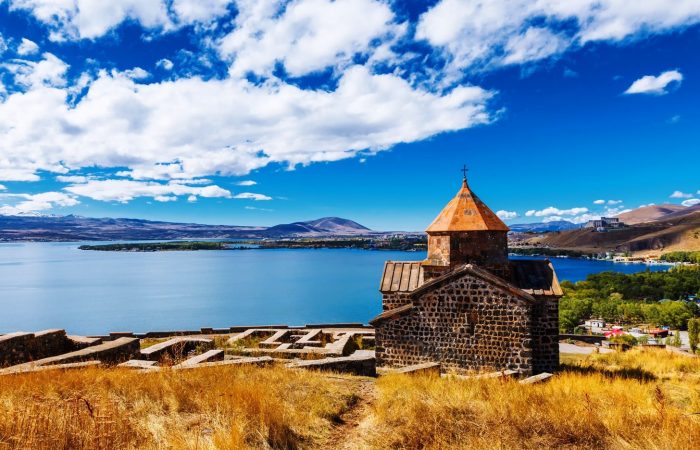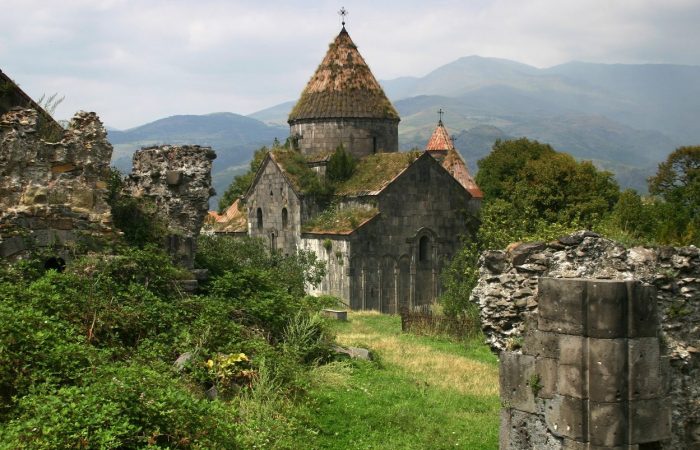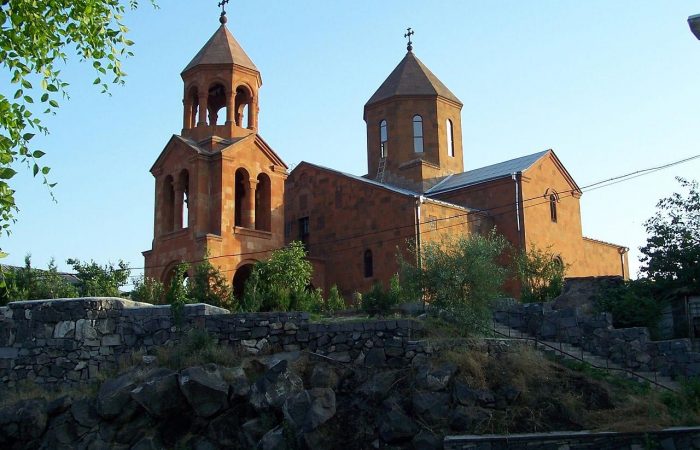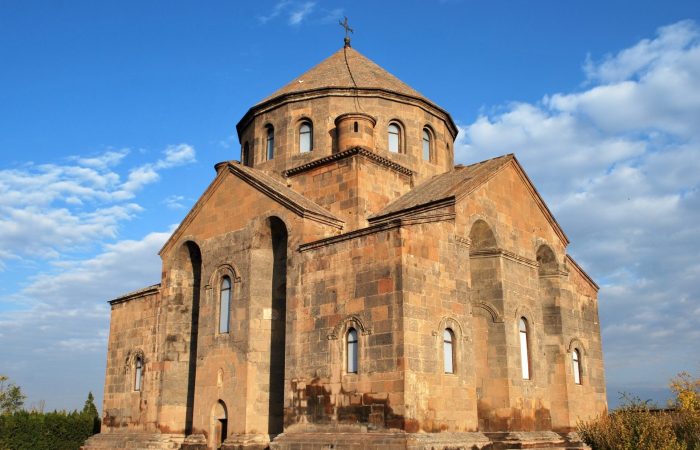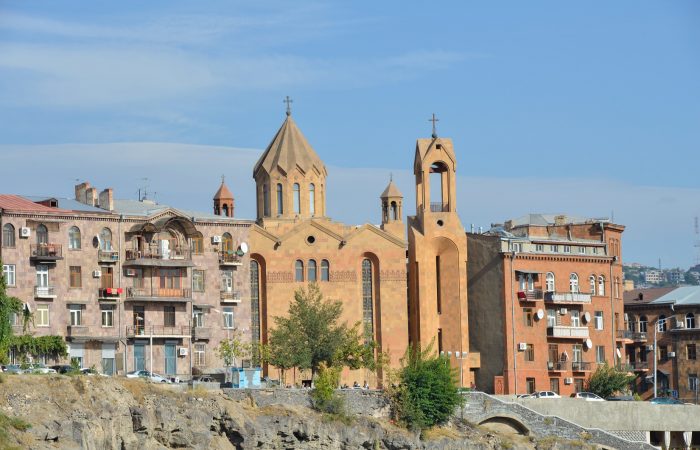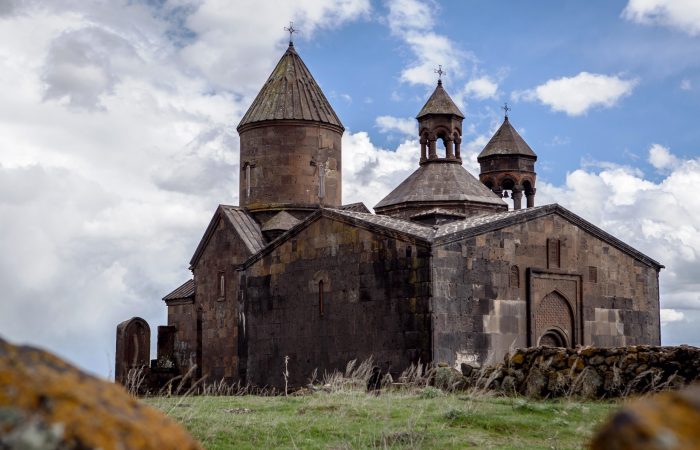Boloraberd Fortress: General and Location
Boloraberd Fortress, also known as Proshaberd, is located in Vayots Dzor district. It can be found 6-7 kilometers to the north of the town of Vernashen, in front of the Museum of Gladzor University.
Boloraberd Fortress: Brief History
Boloraberd Fortress was built in the 13th century on an inaccessible mountain and occupied an area of 1-1,5 hectares. The fortress was built by Prince Prosh who is also known to have enlarged the sacred Monastery of Geghard, where the holy lance was once kept. If you are interested, the lance is now kept in the Mother Cathedral of Holy Ejmiatsin.
The walls of the fortress were made of basalt. In addition, the fortress had water supply; the pipes can be seen even today. Both the pyramids and the walls were as well preserved. Too bad though, the inner defensive structures, the arsenal and the barracks as well as the palace of the Proshyan Princes were destroyed and buried under the thick soli layer.
Remember not to get confused if you hear people call the fortress Proshaberd and not Boloraberd. As already said, the fortress of Boloraberd was built by Prince Prosh and therefore it’s more known to people as Proshaberd, meaning the “fortress of Prosh.”
Boloraberd Fortress: The Unwritten Lore
Throughout its existence Armenia has been besieged for hundreds of times. The Fortress of Boloraberd was no exception. So the local folklore has it that the fortress was besieged by Persians, whose attempts to bring the fortress down were proving to be unsuccessful.
The fortress had its water supply, and the leader of the Persian forces was told that only by cutting off the water supply would he be able to reach his goal. What should be done was then clear to the leader, but no trace of the water supply was found. It was then that he was advised to keep a mule thirsty for seven days and nights and afterward let the animal go being sure that it would eventually find the water. They were right since the mule went to exactly where the water supply was, and so it was cut and as a result, the fortress surrendered.
It is also said that Prince Prosh hid his treasures in the surrounding mountains, canyons and the walls of the fortress. People say that those who can read the signs left by him, can also find the treasures. The talks regarding the treasures did not go beyond the limit of myths until several years ago. The story is as follows.
On the road there was a khatchkar (cross-stone) with a strange sculpture on it. On its upper side it had a carved globe with a snake rolling around it. Below the globe it was written “The treasure is in my head.” People did not attach any importance to it thinking the khatchkar was a scientist’s grave and nothing more. While years ago, the heavy rainfall caused the khatchkar to break and in its upper part gold weighing 3 kilograms was found. In all likelihood, it was only the very small part of Prince Prosh’s legendary treasures.
Boloraberd Fortress: Places to Visit in the Vicinity
Historical-Cultural Museum Reservation of Gladzor University – Upon visiting the Fortress of Gladzor, those who have some interest in the educational establishments, especially when they have played an immense role in the overall development of a particular nation, can visit the Historical-Cultural Museum Reservation of Gladzor University. The museum is devoted to the history of the University of Gladzor, its activity and significance. This university’s contribution to the spiritual and public life of medieval Armenia as well as to the development of creative and philosophical thought is so exceedingly large that no word perhaps fully describes it.
Spitakavor Church – The distance between the church and the fortress is not more than one kilometers. The Church of Spitakavor is perhaps one of the most impressive churches of Armenia and though the number of Armenian sacred sites is so huge that people might sometimes even get bored, this church stands out with its architecture, more precisely with its amazingly carved crosses and bas reliefs. Other than that, it’s one of the few Armenian churches, which were made of white felsite, and therefore was named Spitakavor, meaning “white.”






